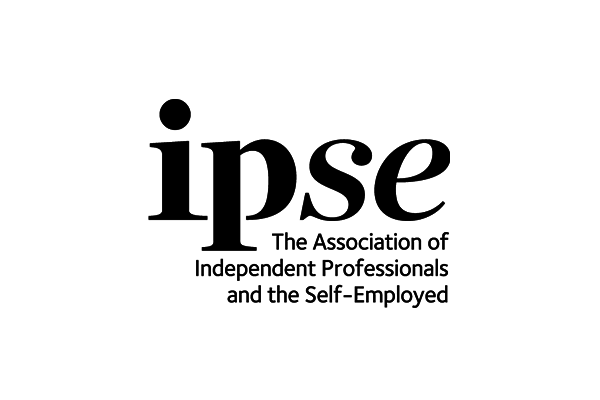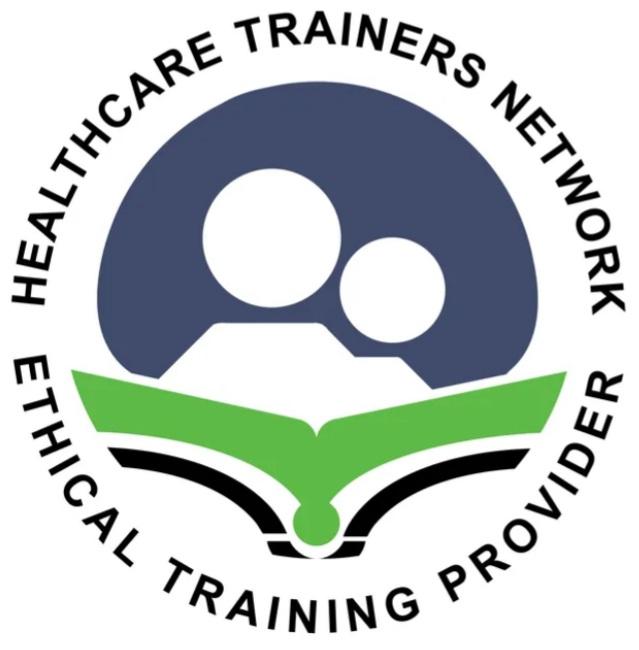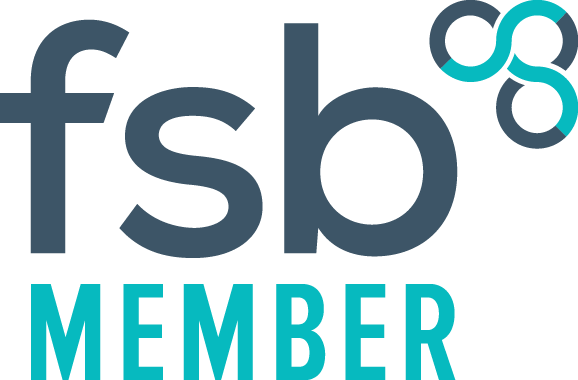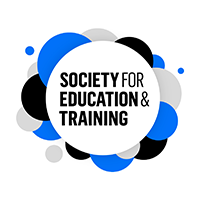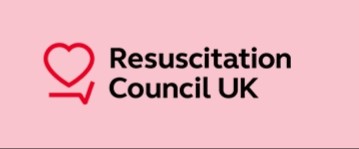First Aid and SARS-CoV-2 virus transmission leading to (COVID-19) with video animation
First aid is often a critical part of the management of injuries and sudden illness. Despite the current concerns about coronavirus disease 2019 (COVID-19), and the focus on the prevention of its spread and treatment, injuries and illnesses unrelated to coronavirus still occur.
The delivery of prompt first aid management may prevent an additional burden on the health system by managing simple injuries or illnesses on site rather than calling for an ambulance or taking the casualty to hospital. It may also prevent the unnecessary exposure of the casualty to the virus.
Serious injuries and illness will, however, still require medical care and the assessment and treatment of such individuals should not be delayed because of fear of COVID-19. There are only a few changes to the current recommended first aid protocols, most of which relate to the prevention or minimisation of the risk of virus transfer.
During the COVID-19 pandemic:
• Assume that any casualty has COVID-19 and manage appropriately. The casualty may be asymptomatic and yet still be a virus carrier.
• If the casualty is a household contact of the care provider and infected with COVID-19, that provider has likely already been exposed and may be willing to provide direct first aid.
If the casualty is not a household contact:
• Follow national advice on social distancing and the use of personal protective equipment (PPE) wherever possible.
• The use of PPE (gloves, masks, eye-protection, etc) may not be applicable to all first aid, but care should always be taken to protect the casualty and the first aid provider.
• Those key workers with a duty of care should put on the appropriate PPE and provide first aid without further delay.
• If the casualty is responsive and able to follow selfcare advice, provide first aid advice from a safe (2m) distance. If the casualty has a face cover/ mask available, encourage them to wear it while being cared for. Family members, if willing, may be coached to provide direct first aid. It may also be necessary to provide dressings, bandages, etc. from outside the immediate contact area.
• If the casualty is unresponsive or unable to provide selfcare then it may be necessary to provide direct care. However, the casualty and the first aid provider must be aware of the risk of virus transfer.
Sequence of actions for bystander care of a casualty outside of the household:
• Call for medical assistance immediately.
• Where possible wear gloves when touching or handling the casualty.
• Wear a face cover/mask if available and consider placing a face cover/ mask over the face of the casualty.
• Only handle/touch what is absolutely essential, remembering that all surfaces in and around the casualty may be contaminated by the virus..
• Only provide essential direct first aid in order to limit your exposure time. This may include controlling significant bleeding, applying a dressing, use of an adrenaline autoinjector, assessing for responsiveness by shaking the person and shouting, and positioning of a casualty
Following completion, it is essential to:
• remove and dispose of any PPE
• wash your hands thoroughly with soap and hot water for at least 20 seconds
• wash all your clothing as soon as practicable
• be prepared to self-isolate and follow national guidance if you develop COVID-19 symptoms after providing direct first aid
Thanks to the brilliant team at Helix Animation for this 3D animation outlining the most common ways of transmitting the coronavirus SARS=CoV-2 based on the latest relevant scientific research available (03/2020).
Coping with going into work during COVID-19 coronavirus
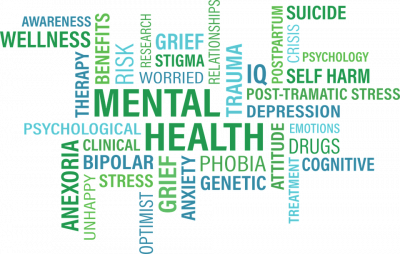
Campaigning for change
Mind believe everyone with a mental health problem should be able to access excellent care and services.
Mind also believe you should be treated fairly, positively and with respect.
Local Minds
Local Minds provide help and support directly to those who need it most. There's a network of around 125 local Minds across England and Wales that offer specialised support and care based on the needs of the communities they support.
This page gives tips for taking care of your mental health and wellbeing, help with understanding difficult feelings, and ways to find support if you are going into work during the coronavirus outbreak.
It's likely that we'll be working from home for longer periods of time to help keep us all safe during the coronavirus outbreak.
Mind explores some of the worries and difficulties you might experience due to the coronavirus pandemic, and some ways to ensure your mental health is protected.
Emergency services staff and volunteers are more at risk of developing post-traumatic stress disorder (PTSD) than the general population.
Building resilience: Mental Health at Work and Home
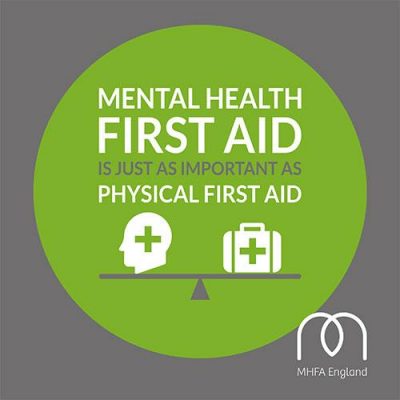
More than ever before, mental health is becoming a topic for open discussion at work.
Working in isolation away from colleagues can add stress to a workforce that is already facing a significant amount of pressure. Here we explore how mental health training can help you build a workplace environment that is supportive to those experiencing mental health difficulties.
Mental health is a state of psychological, social and emotional well-being.
It determines the way we relate with people; make decisions and the host of other things we do as humans. It affects our feelings, actions, behaviour and thinking. Maintaining sound mental health is important for people of all ages and status.
Mental illness is not the same as mental health.
Sometimes, it could be an indication that something is going wrong emotionally or psychologically. At the same time, it could also be a pointer to underlying health issues and disease. Mental health issues can be subtle.
Maintaining sound mental health is just as important as the basic needs of life. It is the bedrock to a good life and physical well-being. The following are some tips to help you maintain good mental health.
Healthy diet:
A healthy diet is important for both physical and mental health. Let your diet be filled with more protein than calorie-rich giving food items with exceptions to those on diets fixed by medical practitioners. Feast more on fruits than fatty foods. Unhealthy eating may lead to obesity and all its accompanying medical issues. All of these can cause mental stress too. While unhealthy eating can be very pleasurable it poses some stress in the long run. So, to stay healthy, eat the right foods!
High self-esteem:
Some people wrongly equate high self-esteem with pride. This is very wrong. High self-esteem means you accepting yourself the way you are. You think highly of yourself and giving have a high level of self-worth. The opposite of high self-esteem is low self-esteem. Low self-esteem which has been identified by experts as a form of mental illness and as the root cause of other mental issues such as depression as an example.
Say the right words to yourself:
Negative thoughts lead to negative confessions and this can have a tremendous effect on your self-image and affect your actions. Being overly pessimistic can cast a dark shadow over your entire life. The results are hordes of negative feelings such as anxiety, depression, sadness, anger and so on all of which will affect your frame your mind. You need to surround yourself with people who say the right words to you. But more importantly, you also need to say it to yourself. Positive Confession has been proven to help re-frame the state of the mind and once the mind is positive, it rubs off on your entire body.
Confide in someone seek therapy:
Sometimes trying to fight your battle all by yourself can plunge you deeper into problems and affect your mental health. If you are struggling with anything or depressed it is best to talk to someone about it. Of course, this is easier said than done as the fear of judgement and stigmatisation makes people keep things to themselves. Alternatively, rather than just tell anyone, you can also talk to a therapist who is a professional in dealing with mental health issues and will be better positioned to assist you.
Reduce alcohol and other stimulants:
Nothing remains good when done in excess. A lot has been said about the effects of alcohol, weed and other types of stimulants on the body, especially on your mental health. Alcohol can worsen symptoms of depression. Caffeinated drinks, when taking excessively can disrupt your sleep pattern causing insomnia and other related issues. Excessive intake of any drugs can also lead to anxiety disorders, addiction, and other issues. If you must take any of these at all, keep them to a minimum.
Improve your social life:
Although being alone is not the same as loneliness, isolation is one of the leading causes of mental issues. While some people find peace and tranquillity in solitude, most people feel lonely and rejected when they are left by themselves. This can have a detrimental effect on their feeling of self-worth and confidence. If you feel alone and lonely, then you should take steps to transform your social life. Join a new group or participate actively on the ones you are on already. Be more outgoing and less of a muse and you will see your life and mental well-being transformed drastically.
Regular exercise:
This can be physical or psychological. Exercises like jogging, swimming, and other aerobic exercises have been known to help improve both physical and mental fitness. Another useful exercise is yoga. Yoga helps improve concentration. It reduces stress and anxiety and can also boost normal brain functioning. Generally, physical activities that improve blood circulation in the body and most especially the brain are quite beneficial for your mental health. Also, you should engage in mental exercises like picture puzzles, crosswords, riddles, and other brain tasking games as they help improve mental health.
Sleep:
Doctors recommend that an average person should sleep between six to nine hours every day. Good and adequate sleep is especially important as it helps relax the muscles, repair broken down tissues and more importantly it refreshes the brain. Lack of sleep can cause fatigue, stress and a host of other issues. No matter how busy your schedule is, try to get as much sleep as you can manage daily.
Arts and crafts:
Art in its various forms have been proven to help improve and maintain mental health. Art involves creativity, it can also help in boosting brain capacity. Music, drawing, painting, dancing, writing and other forms of help can help increase happy feelings and maintain good mental health. Since doing what you love helps to maintain good mental health, always engage in what you love, especially things relating to art.
Conclusion:
Good mental health does not happen by magic. You must be deliberate about how you live since everything you do daily affects your mind. Similarly, the state of your mind also affects the quality of your mind. Hence, you should tend to your life to maintain good mental health and pay attention to your mental health if you want to enjoy a good life.
Activity First-Aid Training for Personal Trainers (PT) and Gym owners
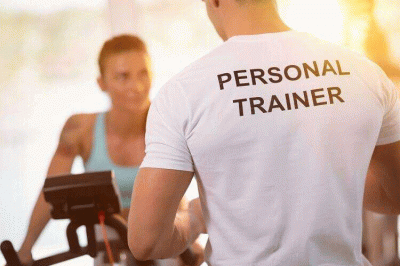
Importance of First-Aid Training for Personal Trainers (PT)
Personal trainers are required to know first aid in order to get insurance, be employed in club or work as a freelance (PT) in different environments.
In Charge of a Client’s Health
First and foremost, as a Personal trainer you oversee a client’s health and well-being. You need to make sure that your workouts are pushing them to their limits without damaging their health overall. Just as there will always be someone who doesn’t think they can lift a heavy weight, there will also be people who think they can lift much heavier than they actually can. You need to know how to recognise the best for each client, in addition to what their current plan states.
Many clients may try to hide how they might feel from their PTs during a session. Instead of admitting that they feel a bit faint, they will try to hide it and push on. This can result in them failing their reps, fainting, or even hurting themselves in worse ways. You need to make sure that you know how to spot small tell-tell signs in a client’s behaviour if they are feeling this way.
Know What to Do in an Emergency
So, you have a client who has hidden some sort of health issue from you. If this health issue becomes a problem during a session, you need to make sure that you know how to react during an emergency so you can be certain that you can do everything in your power to help.
Most PT training courses include some form of First-Aid training, but you might want to take it a step further. Most gyms nowadays carry an automated external defibrillator (AED). Learning how to use this AED device is vital and using it could mean all the difference in saving someone’s life.
Benefits More Than Your Clients
Learning to use equipment like an AED device can have more benefits than for just your own clients.
If you are also employed by a gym, you need to know first-aid so you can come to the aid of a customer if need be. You are responsible for more than just your clients and the gym can be a high-risk place. Customers need to know that there will be someone there who can help them in an emergency.
These skills could also come in handy at any random moment. You never know when you might be enjoying an afternoon out or dinner with your family when a stranger requires first-aid. If you can administer it, it might be some key treatment the affected person receives, and it could be crucial in those vital minutes before the first responders get there.
There is no avoiding the importance of first-aid training for personal trainers. If you are a PT then there is no excuse; you need to learn first aid for the benefit of your clients and those around you.
Book onto an EFAW course to bring your skills and knowledge up to scratch.
Online Training courses - Services - Compliance
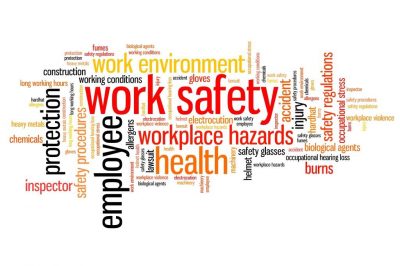
https://www.bhp-group.co.uk/services/online-training/
Proud supporter of the BHP Group - For Business Compliance
Mental Health First Aid

Mental Health First Aider - Trained by recognised national organisation (MHFA) England.
New resources to support the nation’s mental health dated 6th April 2020
Dear John,
As someone with Mental Health First Aid England skills, you have a valuable role to play in supporting others who are struggling with the difficulties that COVID-19 has created.
You may already be providing Mental Health First Aid support remotely to friends, family, colleagues, and neighbours. Hopefully, you will also be doing all you can to look after your own mental health. To help with this, we have brought together a range of resources.
Thank you for your continued help to improve the mental health of the nation. The role you are playing right now cannot be underestimated.
New and updated resources
MHFA England
About mental health
What is mental health?
The WHO World Health Organization definition of health is as follows:
“…a state of complete physical, mental and social well-being and not merely the absence of disease or infirmity”.
Health is a resource for our everyday lives, not the objective of living. It’s a positive concept highlighting social and personal resources as well as physical capabilities.
Mental health is part of our overall health. We all have it, but what is it?
There are many ways of defining mental health.
Some definitions emphasise a positive psychological state of well-being, whereas others see it as the absence of mental health issues or mental illness.
The WHO World Health Organisation definition of mental health is as follows:
“…a state of well-being in which every individual realises his or her own potential, be able to cope with the normal stresses of life, can work productively and rewardingly, and is able to make a contribution to their community”.
Another definition explains it as:
“Mental health influences how we think and feel about ourselves and others and how we interpret events. It affects our capacity to learn, how we communicate, and to form, sustain and end relationships. It also influences our ability to cope with change, transition and life events, such as: having a baby, moving to a new house, experiencing bereavement”.
Is mental health always stable? No! like physical health, mental health is constantly changing. It’s unpredictable and influenced by a range of factors.
Are mental health issues and mental illness the same? No! although we often only think of mental illness. Your mental health is much more than the absence of any mental illness.
What is mental ill health?
There are many terms we could use when our mental health isn’t so good.
We have a preference to use the terms ‘mental health issue’ also ‘mental ill health’ we use ‘mental illness’ only to refer to a diagnosed condition, such as: anxiety disorder.
A ‘mental health issue’ is a broader term which includes experiences that might not qualify for a diagnosis, includes diagnosed illnesses.
NB: I do not profess to be a trained psychologist
Available to signpost or provide support if you know someone is experiencing a mental health crisis.
You can help by following the CARE steps:
C - Check for significant risk of suicide or harm
Look for signs of stress.
A - Apply non-judgemental communication
Listen to what they say with your undivided attention.
R - Reassure and provide information
Let them know that it's okay to talk about their feelings.
E - Encourage professional support
Signpost to their GP in the first instance.
FIRST AID ACTION PLAN
CONTACTS:
NHS 111 for non life-threatening emergencies.
If someone is in immediate danger to themselves and/or to others, dial 999 for an ambulance or go to the nearest hospital A&E department.
SAMARITANS: dial 116 123 confidential advice and support.
MIND: mental health A-Z information.
Proud to announce - Membership of the FSB - Experts in Business
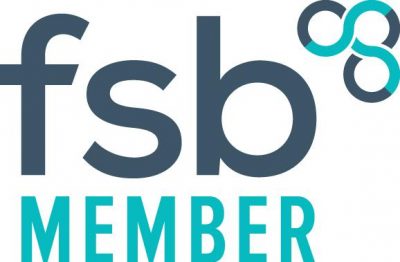
The Federation of Small Businesses are on a mission to help smaller businesses achieve their ambitions and goals, please visit the FSB's website Visit FSB's website
Martek Lifecare (AED) defibtech defibrillators
Unique referral code: please quote Avanti-Training when placing an order.
This Office Defibrillator Package is ideal as a start-up defibrillator bundle for any building. The package provides you with a complete rescue ready kit to protect your colleagues, clients and visitors.
Sudden Cardiac Arrest
Sudden Cardiac Arrest (SCA) is the world’s leading cause of death. In the UK alone, SCA kills over 60,000 people including 270 children in schools every year. Early defibrillation is the key to saving a victim of SCA, with the chances of survival rising up to 74% if defibrillation is achieved within the first 3 minutes compared to a 5% chance of survival if a defibrillator is not present.
Employers should carry out an Assessment of First Aid Needs to determine what to provide.
A FIRST AID RISK ASSESSMENT?
The Health and Safety (First Aid) Regulations 1981 require employers to provide adequate and appropriate equipment, facilities and trained personnel to ensure their employees receive immediate attention if they are injured or suddenly taken ill at work.
These Regulations apply to ALL workplaces, including those with less than five employees and also those who are self-employed.
The HSE strongly recommends that non-employees are included in any assessment of First Aid Needs, and that provision is made for them.
What is 'adequate and appropriate' will depend on the circumstances in the workplace.
This includes whether trained First Aiders are needed, what should be included in a first aid kit and if a first aid room is required.
In order to produce a Risk Assessment of First Aid Needs, consideration of workplace hazards and risks, the size of the organisation and other relevant factors need to be taken into account to determine what First Aid equipment, facilities and personnel should be provided.
LifeVac dechoker device
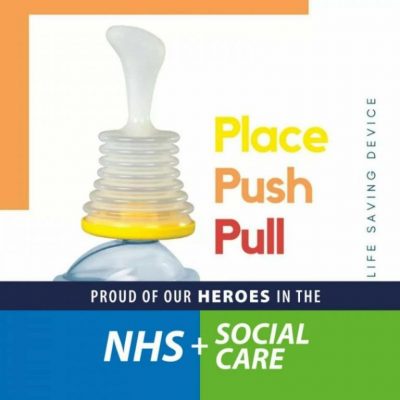
Unique referral code: please quote avanti001
Please note: Training is now currently available.
The Story behind the invention
The vision of LifeVac came about from a story that Arthur Lih, the founder and CEO of LifeVac, heard of a mother in a hospital weeping following the death of her young son.
The reason for his death was that a grape had become lodged in his windpipe and the back blows and abdominal thrusts did not work. Once Lih heard the story he set about to invent an apparatus that could when abdominal thrusts wouldn’t work. His daughter was of the same age and he was determined this was never going to happen to his daughter.
The Device
LifeVac is the only non-invasive airway clearance device and only airway clearance device with independent medical testing, peer reviewed medical publications and peer reviewed medical abstracts proving safety, effectiveness and lives saved.
Being non-invasive means there is no risk of pushing the obstruction further down or tongue back in a panic situation. Also being non-invasive there is no risk of any tubes becoming blocked which renders the equipment useless if only part of the obstruction has been removed.
LifeVac is now equipped in over 2500 care and nursing homes across the UK from small independent care homes to some of the largest care providers such as Four Seasons Health Care. LifeVac has saved many lives around the world, many of these lives saved have been in the residential care sector.
How it works
As the LifeVac has a one-way patented valve, when applied it only sucks up and does not push air down when pulled therefore LifeVac creates three times more pressure than the abdominal thrust as trained in Emergency First Aid. The LifeVac is a non-powered single patient portable suction apparatus developed for resuscitating a choking victim when standard basic life support (BLS) protocols have been followed without success.
LifeVac can be used when someone is sitting down such as a wheelchair user, whilst also standing or they are laying down.
It’s as easy as Place, Push, Pull.
With a patented one-way valve, this means when applied no air can be forced through the masks, but when pulled generates over 326 mm Hg of suction safely and effectively dislodging the obstruction.
LifeVac has different sized masks clearly identified by colour coded rings as a one size mask will not fit all individuals.
LifeVac comes with a clear detailed instruction booklet and a practice mask so that you can get used to the feel of the device before having to use it in the event of an emergency.
Flat Stan First Aid Workshops covering West and East Sussex also Hampshire

First Aid workshops delivered and specifically designed for children aged 4 years to 11 years at schools, sports clubs and children's groups.
Contact me for more details.Schools Training Provider


